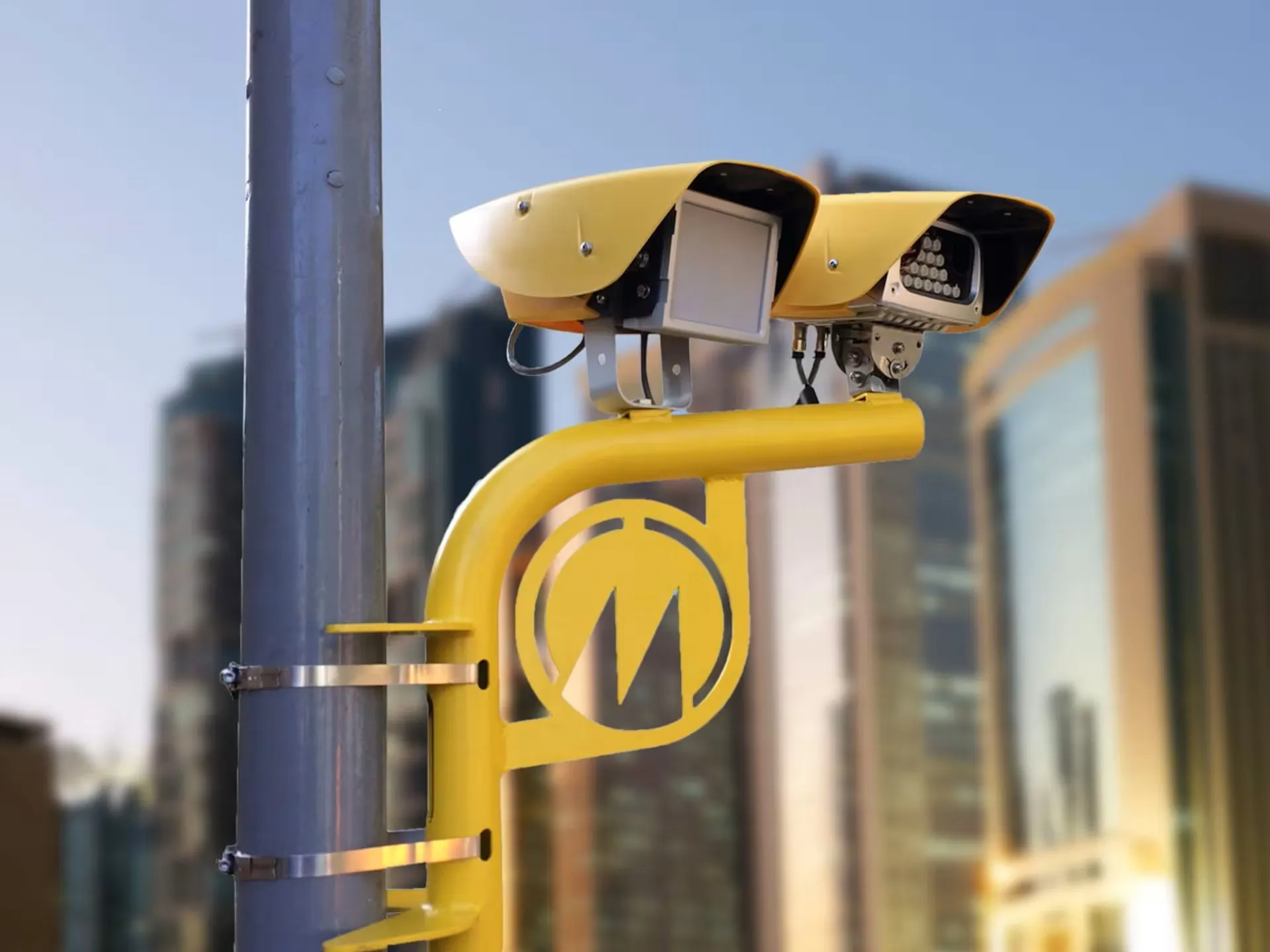“Intermap´s highly accurate 3D road data is a key enabler of our map-based predictive front lighting application,” said Dr.-Ing. Georg Florissen, Hella’s head of advanced development, driver assistance systems lighting. “Overall, this integration of digital map data provides a comprehensive and secure system, combining the data with camera and other sensors to take our predictive front lighting systems to the next level.”
According to Intermap senior vice president, automotive group, Eric DesRoche, it is important that vehicle safety systems encompass reliable 3D road vectors for all classes of roads, including smaller rural roads, as these are often where the more difficult curves, dips, and slopes are encountered.









